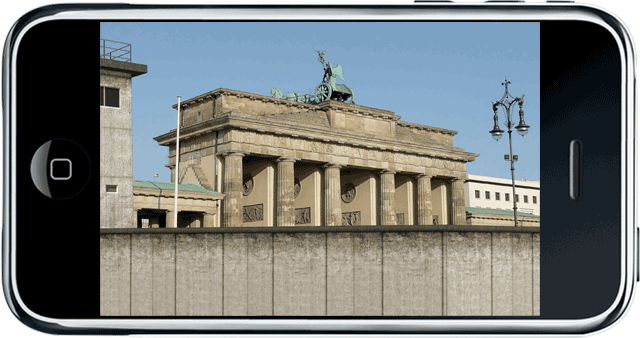 Title
TitleDAI627 Virtual Worlds Design – Michael Nardo
Friday, December 16, 2011
Virtual World Concept Design
 Title
TitleFriday, December 9, 2011
Notes, Research, etc. for Final
FLARToolKit and Flash dynamic audio. from Wouter Hisschemöller on Vimeo.
Konstruct from James Alliban on Vimeo.
Wayne Piekarski
AR Virtual Pool
The Art of Nothing (Google Docs)
Second Life Event Documentation and Videos



The overall Scenario:
Overall, the event was pretty fun. The guns and the ghost were fun additions to the maze. However, if you found your way through the maze too quickly, you were left in a pit of ghosts with nothing to do.
The Experiment Mechanics:
The guns and the ghost gave the event something to do, aside from finding your way through the maze. The moving panels of the maze also made things more interesting. I also liked the dark rooms in between the layers of the maze.
The Experiment Roles:
Everyone who participated were both explorers and documenters. It would have been nice if we were told to document at the beginning. I ended up going back into the maze to get more screenshots because I was already out of the maze when it was announced that we should take screenshots.
What worked:
The way the maze was constructed and the overall fun of the event.
What did not work:
It seemed like there were issues with the ghosts multiplying.
Anything else to add:
The dark rooms could have been made more mazelike too, instead of a simple linear path. It could have been an interesting blind maze kind of thing.
Monday, December 5, 2011
Idea(s) for Final Proposal
Friday, November 18, 2011
Ghost Hunting Event
- Everyone will be provided with a gun box on arrival.
- Everyone is free to select a gun to wear and follow instructions for that specific gun which is stated in local chat.
- Wear the gun and go into Mouselook to use the gun (press esc, then m)
- Once in Mouselook mode, click your mouse to shoot and move the mouse and arrow keys to control your avatar.
- Please, do not fly or jump when in Mouselook mode.
- Now you're all set to go through the maze.
Friday, October 21, 2011
Experimental Plan Notes
2. Experiment Scenario: The basic focus of the experiment is to create a game that people can interact with by shooting zombies hidden in a maze contained in one giant building.
3. The Experiment Mechanics: Everyone will enter a maze that contains zombies hidden within but the location of each will be unknown. The maze will be contained in one giant building and the challenge is to complete the goal that will be assigned on arrival. Everyone will have to stay alert at all times on look out for zombies as they try to find a way to complete the goal. For defense, people are armed with a gun that can defeat the zombie eventually.
4. SL Location: Sandbox
5. Roles: There will be 2 teams in this game: the zombie team and the human team. The roles will be divided in class and our group members will lead each team. Both teams will be wearing a health meter that decreases when damaged. No one is guaranteed to walk out alive.
6. Role Assignments:
Mari- scripting zombie
Jessie- clothing
Michael Yra- GPS system/maze
Michael Nardo- scripting/maze
Our roles are flexible because we help each other out.
The class will be able to participate in the game since the goal is to defeat zombies.
7. Assets Provided:
There will be a box containing all items (gun, outfit, health meter) before entering the maze.
8. Participant preparation: An outfit will be provided on arrival and everything will be contained inside a box that everyone will have access to.
****Later on I will be covering***
9. FEEDBACK SURVEY - LINK TO SURVEYMONKEY FEEDBACK SURVEY
Every Experiment's feedback SurveyMonkey Survey BOTH in the experiment (in the form of a self-identifying, scripted object) AND linked from their experiment PLAN post on their blog.
10. STANDARD DETAIL FEEDBACK FORMS - will be distributed by Jane. You will gather, digest, include in report.
11. PRODUCTION PLAN - DESCRIBE IN A SHORT PARAGRAPH
We want to get as much experiential information as possible while expending the least amount of effort in production. Research SL locations and assets to see if there are already existing resources you can use. Streamline the design of everything you create, delete unnecessary and potentially distracting details. This is not a game graphics or programming course - just designing and coordinating the activities well will take effort.
12. EXPERIMENT REVIEW REPORT/PRESENTATION
You will post a review report on your experiment that includes documentation gathered, survey feedback, and observational information. This will be posted on your blog(s) and form the core of a presentation to the class for discussion.




